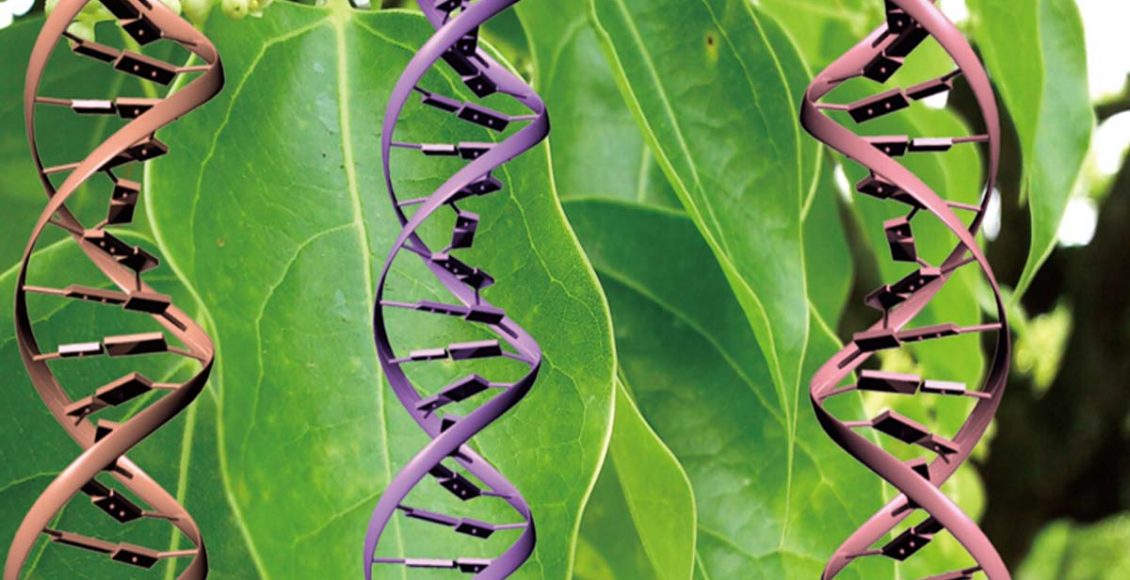
Challenges and Opportunities for seed companies
Advancements in seed technologies have increased the agricultural productivity and have also helped to tackle the major challenges through hybridization, trait integration, trait stacking and were complemented by the other agri-input technologies such as micronutrients, efficient water management, integrated pest management practices etc. However, the emerging global challenges like climate change, pest resistance, herbicide tolerance, higher costs to R&D, and supply chain disruptions have made the seed industry facing challenging future. In recent years, the pace of innovation among the agri-input companies in seed sector has slowed noticeably posing a critical challenge not only for companies but also for farmers as well. More innovative approaches are required to feed the world’s increasing population and also to meet the challenges of reducing arable land, increasing demand for more sustainably grown food, and the threat of climate change.
For agribusiness companies to remain competitive they need to move out of the traditional innovation models and focus on attention to customer needs, dynamic R&D programs, rapid digitization, increased internal and external collaboration, and an innovation culture across the organization. The prolonged COVID-19 pandemic has provided both challenges and opportunities for seed companies to place more emphasis on sustainable innovative approaches for long-term profitability. Some of key technologies agribusiness companies need to invest in, either in-house or through collaborations, are discussed hereunder. Each of these technologies have the potential, however, they have their own challenges that need to be overcome through innovations.
- Genome editing technologies, primarily CRISPR/Cas methods, have the potential to deliver real breakthroughs in creating new traits in a variety of crops. However, they will not reach their full market potential unless regulations don’t bracket them with popular notion about genetic modification (GM) technologies that they have foreign genetic material in crops. For example, EU has already classified genome-edited crops as GMOs, and there is a risk that other regions might follow the EU’s lead.
- RNA interference allows the suppression of specific genes in the target organism and provides the opportunity to overcome the challenges of weed and pest resistance and advance pest management. Despite the technology being available for some time now, no product using this technology has been truly successful in the market yet. This has put a dampener in use of this technology, but the technology has potential and need to be explored further and develop seeds with inherent capabilities of weed and pest tolerance or other traits like increasing shelf life, transportability, taste etc.
- Microbiome technologies such as the use of natural organisms like bacteria, yeasts, and fungi to strengthen plant and root systems, offer great promise. However, their use cases and successes are limited by nascent understanding of complex interaction of microbes in natural environment. It is expected that advancements in computing technology specifically the simulation of living systems might help generate further advances in this area and will make these technologies a commercially viable options both for companies as well as end consumers.
- There are a number of technologies beyond agriculture that have the potential to complement novel seeds for boosting productivity such as advances in automation, precision (sensors, UAVs, and spraying machines, new weeding and harvesting robots etc.), reducing the use of fertilizers, pesticides and optimizing the use of natural and human resources. Big Data Analytics can help gain new insights providing farmers precise information about soil, crop, and atmospheric conditions coupled with customized recommendations on correct planting, harvesting time and optimal use of inputs.
The challenges can be mitigated by adopting the following measures by private seed companies.
- Focus on Customer Problems: The seed companies need to be move away from a product-centric approach to product and services that can be tailored to customer’s needs. The development of these solutions is more important now as the expectation of customers have been shifting towards growing there food more sustainably, using less of inputs for higher productivity. Therefore, the companies need develop products, services, and methods supporting sustainable farming, including seeds tolerant to biotic and abiotic stresses that can adopt to changing environmental conditions and new digitalfarming solutions further reducing the use of inputs.
- Focus on Highest-Value Opportunities: The seed companies need to prioritize their R&D efforts and allocate the resources to focus on highest-value opportunities. R&D resources should be oriented towards meeting the biggest challenges faced by growers.
- Increased collaboration: The seed companies cannot rely only on in-house R&D for the most promising innovations, especially in the areas outside their traditional purview. Instead, they need to enrich their innovation pipelines by collaborating with digital startups and other specialized companies in biotech and AgriTech space on the lines of pharmaceutical industry. This will not only help in sharing the costs, and risks of innovation allowing them to leverage the expertise and innovation capabilities that they lack. These collaborative models can be codevelopment partnerships with equals, deals to help smaller companies fund their research in specific fields, and collaborations with universities, government institutions, and NGOs.
- Embrace Digital Opportunities: Digitization is the now the reality for the agriculture industry. If the seed companies need to meet the changing demands of farmers, regulators, and consumers, they need to focus on developing cross-functional capabilities in data, analytics, and digital technologies.
Major seed companies are facing challenging times ahead, with significant R&D challenges, increasingly restrictive regulatory environment, and an onslaught of competition from outside the traditional agriculture space. In this increasingly competitive business environment, winners will prevail on the basis of their ability to innovate and adopt quickly to changing digital space across their operations.
Author:

AVP in Life Sciences Advisory Group
 Grow Beyond
Grow Beyond 

